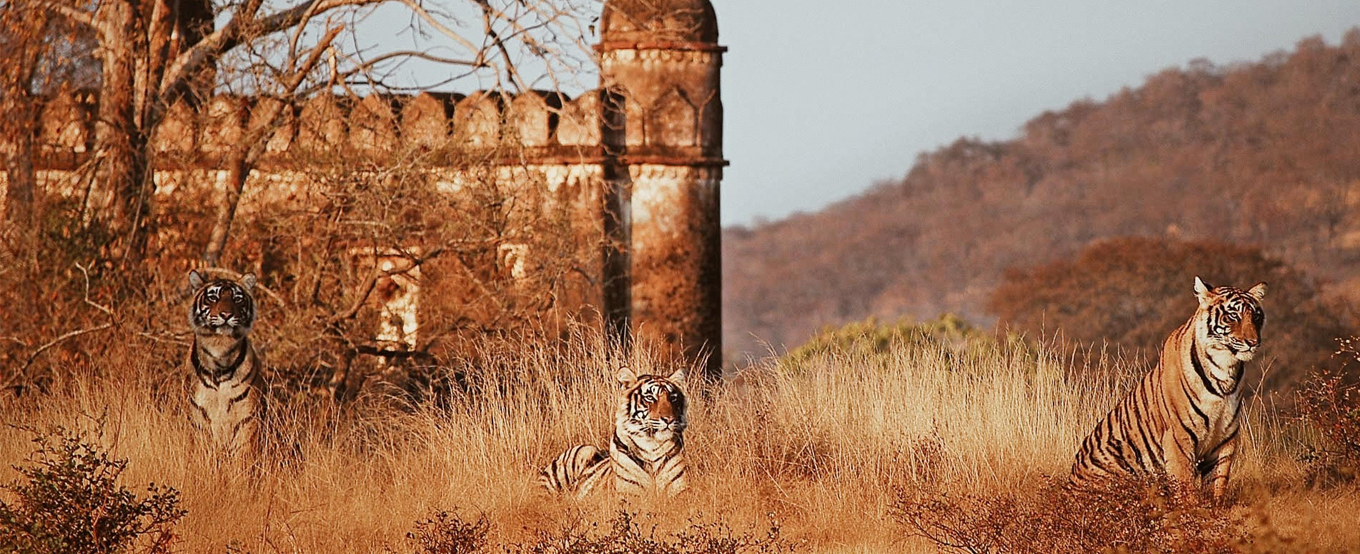Rajasthan’s Wild Heartbeat
Ranthambore’s Regal Tiger Realm
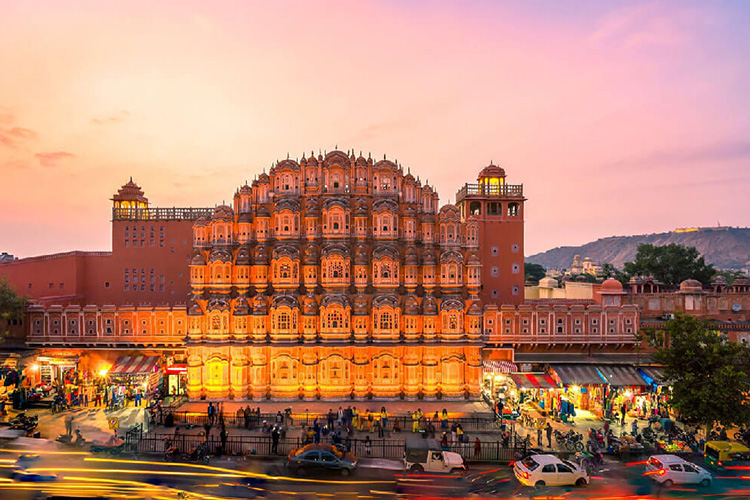
Jaipur
Jaipur, known as the Pink City, is a significant urban center in India. Founded in 1727, it is the largest city in Rajasthan. Jaipur’s attractions include UNESCO World Heritage Sites and vibrant markets. The city experiences a hot semi-arid climate, ideal for tourism in cooler months.
Udaipur
Udaipur is a city in Rajasthan, India, and was founded in 1559 by Udai Singh II of the Sisodia clan of Rajputs. It was made the capital of the princely state of Udaipur (Mewar) in 1568 by Maharaja Udai Singh after the sack of Chittorgarh. The city is known for its lakes and hills, and is referred to as the “Venice of the East”, the “Most Romantic City of India” and the “Kashmir of Rajasthan”.
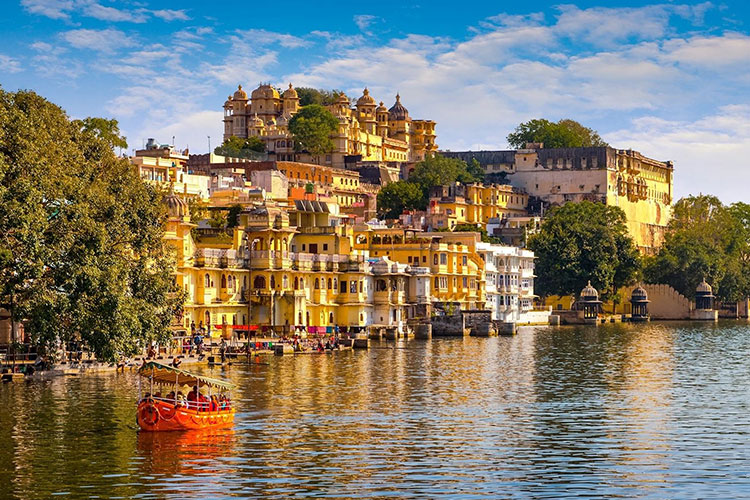
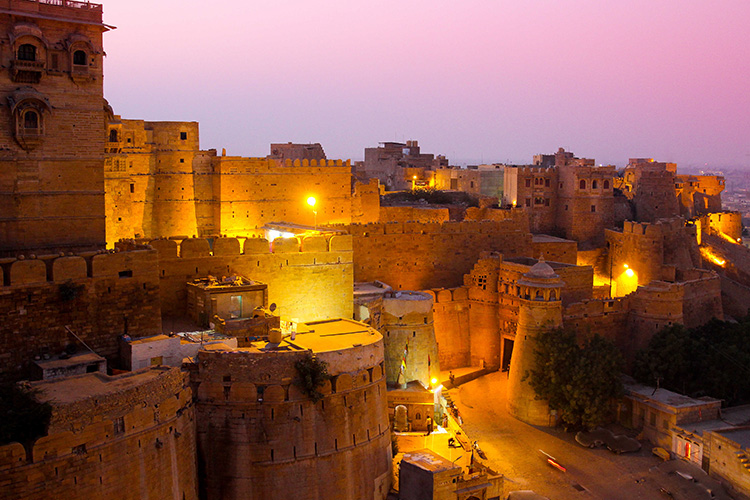
Jaisalmer
Jaisalmer is a city in the Indian state of Rajasthan, located 575 kilometers west of the state capital Jaipur. The town stands on a ridge of yellowish sandstone and is crowned by the ancient Jaisalmer Fort, which contains a royal palace and several ornate Jain temples. Jaisalmer was one of the last Rajput states to sign a treaty with the British in 1819 CE and continued as a princely state thereafter. The city is known for its abundance of structures built using distinctive yellow sandstone.
Kumbhalgarh
Kumbhalgarh (“Kumbhal fort”), also known as the Great Wall of India, is a fortress on the westerly range of Aravalli Hills in Kumbhalgarh in the Rajsamand district of the Rajasthan state in India. The etymology of “Kumbhalgarh” originates from “Kumbha,” denoting the ruler Rana Kumbha who constructed it, and “Garh,” meaning fort.
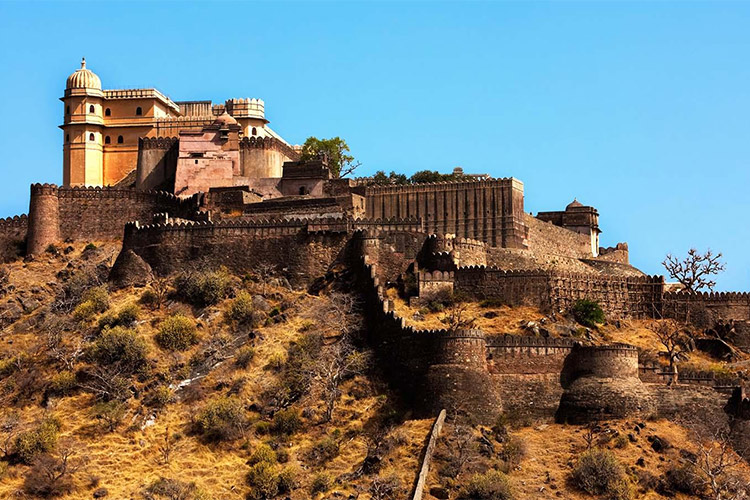
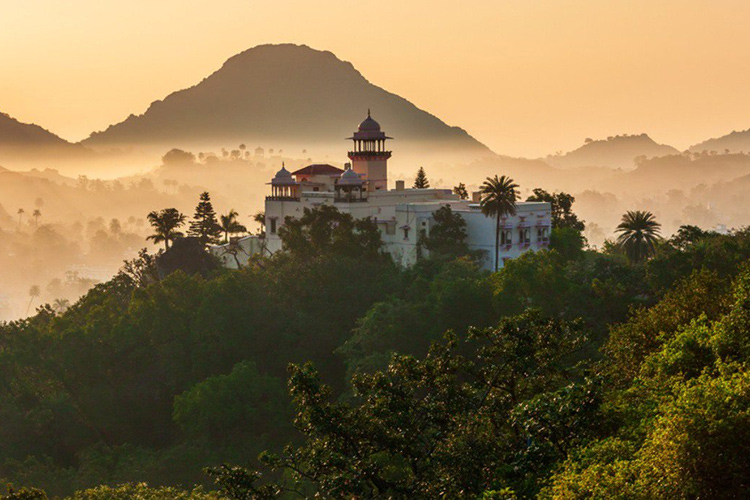
Mount Abu
Mount Abu, known as Arbudgiri in Jain tradition, is a hill station in the Aravalli Range in the Sirohi district of the state of Rajasthan in western India. Here, the mountain forms a rocky plateau 22 km long by 9 km wide. It is referred to as ‘an oasis in the desert’ as its heights are home to rivers, lakes, waterfalls and evergreen forests. It is also home to numerous Jain and Hindu temples.
Ranthambore National Park
Ranthambore National Park is a wildlife sanctuary in Rajasthan, India, that is famous for its tiger reserves. The park covers an area of 392 square kilometers and is home to a variety of flora and fauna, including the Bengal tiger, which is the main attraction for tourists. The park also contains the Ranthambore Fort, a UNESCO World Heritage Site, and the surrounding hills and valleys. The park faces challenges such as poaching and human-tiger conflicts.
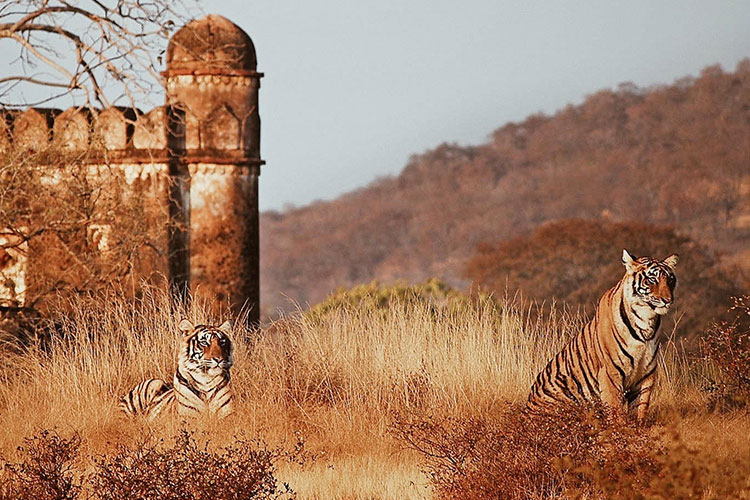

Savoy Madhavpur
Sawai Madhopur in Rajasthan is famous as the gateway to Ranthambore National Park, one of India’s premier wildlife destinations. The park is renowned for its Royal Bengal tigers, diverse flora and fauna, and the historic Ranthambore Fort, a UNESCO World Heritage Site. The town is also known for its guavas, often called “Madhopur Guavas,” and its rich cultural heritage.

